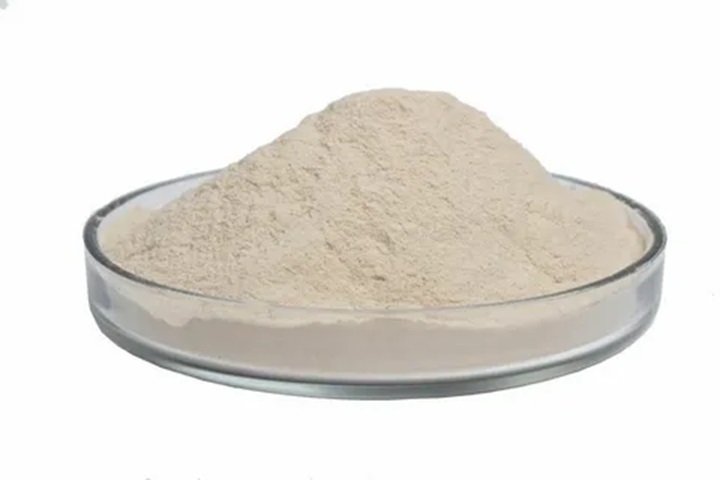We unleash your business potential by maximize the business innovation.
Send EmailE401, Sodium Alginate, Alginate, Kelgin, Amnucol, 14984-39-5, 9005-38-3
Molecular Formula (Sodium Alginate): C6H7O6Na
Molecular Weight: 216.121 g/mol
Chemical Name: D-Galactronic Acid
CAS Number: 14984-39-5, 9005-38-3
It is the sodium salt form of Alginic Acid, which is generally extracted from the cell walls of brown algae with its chelating properties. Sodium Alginate is a natural anionic Polysaccharide type obtained from brown seaweeds growing in cold water regions.
It has the ability to dissolve with a high level of algination effect in the presence of cold and hot water. It has the ability to thicken and bind.
It can form a gel even without heat when mixed with calcium.
The method of obtaining it from seaweed was first patented by the British Chemist Edward CC Stanford in 1881.
Sodium Alginate E Code: E 401
Other Names:
Sodium Alginate
D-Galacturonic Acid Sodium Salt
Natriumglucuronate
Alginic Acid Monosodium Salt
Sodium 3,4,5,6-tetrahydroxyoxane-2-carboxylate
Alginate
Seaweed Extract
14984-39-5
Tagat
Aigin
Kelgin
Kelgun
Amnucol
E 401
Physical and Chemical Properties:
It is a chemical that has almost no odor and has white or yellowish fibers or is in powder form.
Its pH is between 6.0-8.0 (in 10 mg/mlt H2O)
It has the ability to dissolve slowly in water by forming a viscous liquid in terms of solubility. It is insoluble in ethanol and ether.
Alginates are stable chemicals in terms of stability. They are not compatible with strong bases, strong acids and strong oxidizing agents.
It has a flammable property. It does not have a distinguishable taste.
Sodium Alginate Usage Areas:
The most important of its usage areas is the use of wound dressing in the treatment of acute or chronic wounds. In addition, the use of alginate cross-linking to make hydrogels for cell encapsulation is also an extremely important area of use.
Sodium Alginate is used by the food industry to increase viscosity. Its other function in this area is its emulsifier feature.
It is used in the pharmaceutical sector in the manufacture of indigestion tablets and the preparation of dental impressions.
In the cosmetics sector, sodium alginate is used as a thickening agent in cosmetic preparations.
It is used as a balancing colloid in ice cream production. Its function in ice cream production is to prevent the growth of ice crystals and balance the creamy texture.
It is used in the production of some polyelectrolytes due to its high viscosity feature.
It is used to produce microspheres and nanoparticles for drug delivery systems.
As a food additive, the seedless strips inside the black cumin seed are made with this substance. It is used in cake fillings.
Alginate is used as an active ingredient in the production of oral suspensions to prevent heartburn.
Some metabolic disorders occur in humans. One of these is Reflux esophagitis. This event causes stomach acid or bile acid to pass into the lower part of the esophagus and cause heartburn. Drugs containing Sodium Alginate are produced to control such disorders.
It is included in the formulations produced for mouth measurements in the dental sector.
It is a substance used to prevent frozen foods from retaining water.
It is used as a binding agent in the production of sugar-free sweetener tablets. Another binding agent is Gum Arabic.
